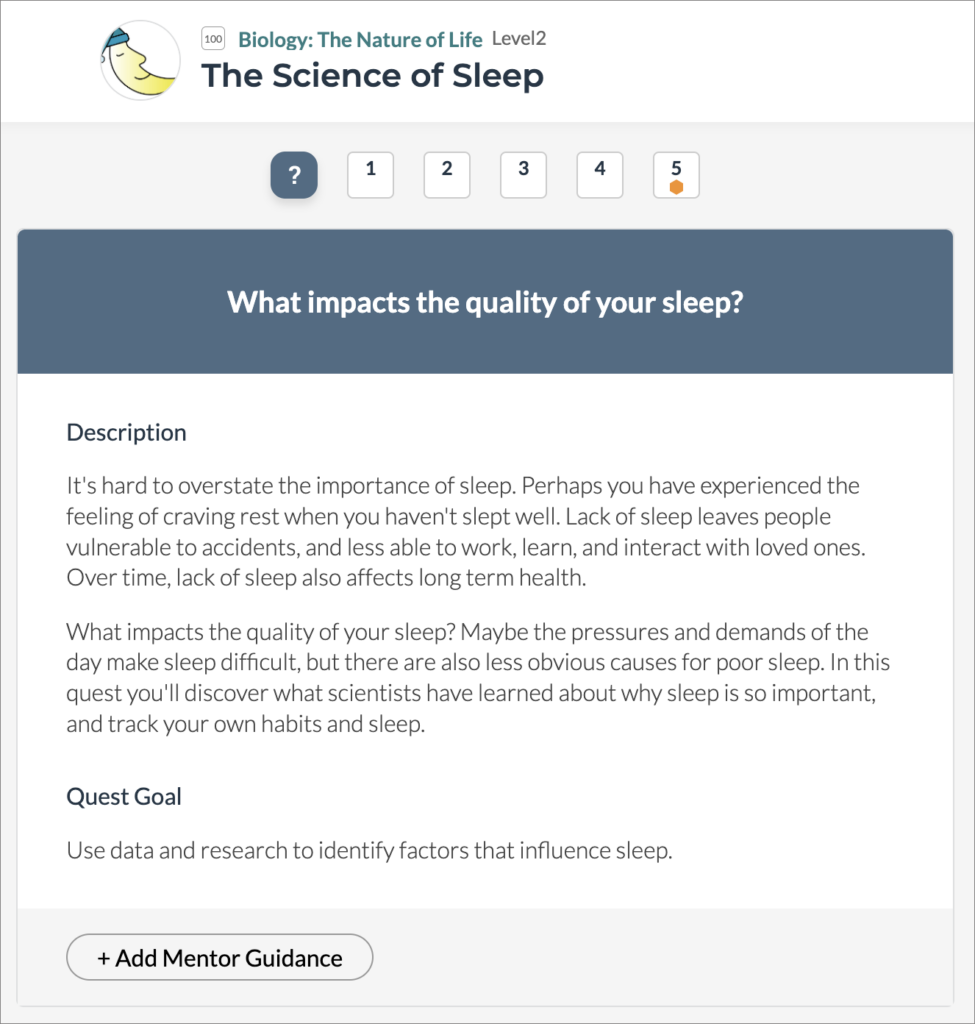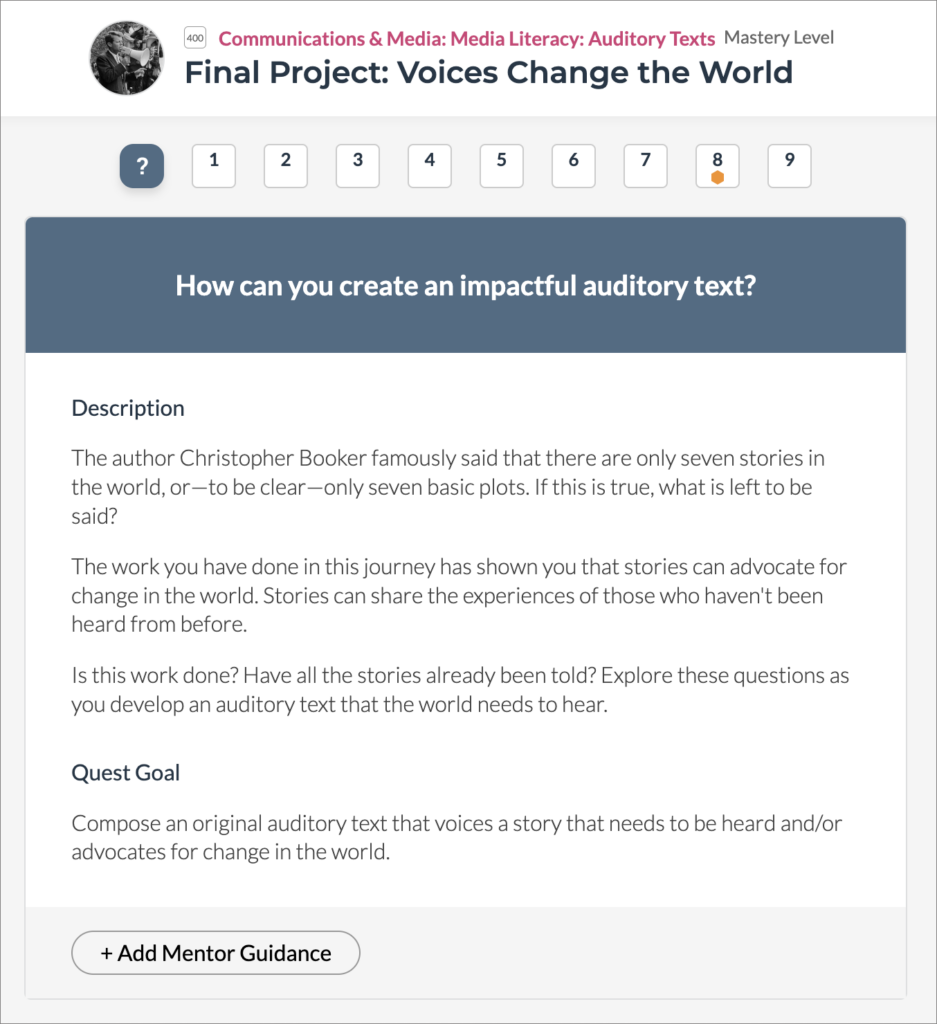Learning Theories & Design Frameworks: The Research Driving Our Tools & Resources
We’ve come to believe that the single most important factor in a students’ learning is their level of engagement in their learning. Engaged students show up prepared, participate in class activities and projects, dedicate time and attention to learning and completing school work, and possess a strong sense of ownership over their learning.
Not only do engaged students become educated students, they ultimately prove to be capable of educating themselves as they move forward into college, careers and life in general.
We spend a lot of time creating tools and resources to help teachers engage their students. I’d like to highlight several of the learning and motivation theories, plus several design frameworks, that influence the design decisions we make.
Each theory and model has its strengths and weaknesses, and some of these theories directly conflict with one another. We’re less interested in theoretical consistency and much more focused on helping teachers increase engagement. I’ve also provided links to resources we’ve created that have been inspired by the specific theory reviewed.
Full confession: parts of this post may get a little detailed and theoretical. But if you’re interested in the reasoning behind our approach, this is a great overview of some of the most influential out there. If you’re not a theory person, don’t worry — you can skip ahead and get straight to the resources.
Learning Theories
Sociocultural Learning Theory
Summary:
Vygotskey’s (1978) sociocultural theory is a dominant one in education. The theory suggests learning occurs through social interactions — with teachers and peers, family members, friends, and experts. Sociocultural theorists also believe that environments and culture influence learning. For example, you’re likely to learn more about being a doctor while working as a resident with doctors and nurses in a hospital than you would studying from a textbook.
![]() Resources:
Resources:
- Scaffolding Socrates: Students learn deeply when they ask questions and engage in dialogue with one another.
- Quest: The Science of Sleep. In this quest, students take on the role of a scientist to investigate their own sleep habits and what impacts the quality of their sleep.

Contact one of our PL specialists if you’re interested in accessing quests, like this one.
Constructionism
Summary:
Papert and Harel’s (1991) Constructionism theory is based on two premises: First, it builds upon Piaget’s theory of Constructivism and takes the view that learning involves reconstruction rather than transmission of knowledge. Second, learning is most effective when the learner is exploring something they are interested in and creating and making a product. Often this theory gets simplified into “learning-by-making” or “learning-by-doing.” Problem- and inquiry-based learning are Constructionist methods. The role of the teacher in this theory is to facilitate and guide students as they work towards reaching their own goals. Technology is seen as a tool to support learning. According to this theory, you’re more likely to learn when you’re pursuing an interest that’s personally meaningful and through experimenting and trying to create something, rather than hearing someone talk about it or watching someone else create it.
![]() Resources:
Resources:
- Both of these resources support students with making choices about what and how they learn. The examples in each show how inquiry and learning-by-making can be included as options.
- Newtonian vs Non-Newtonian Fluids: This Active Learning Activity shows how exploration and inquiry can be used to engage students in learning science.
- Quest: Final Project: Voices Change the World. In this quest, and the course it is part of, students explore stories that advocate for change, and create their own auditory text to share a story they believe others in the world need to hear.

Contact one of our PL specialists if you’re interested in accessing quests, like this one.
Self-Determination Theory (SDT)
Summary:
SDT is a theory about motivation (Deci & Ryan, 1985). It suggests people are motivated by three basic needs: competence, connection, and autonomy. First, people need to learn different skills and master different tasks, and when they have skills they are motivated to take action. Second, people are motivated when they are connected to others and feel like they belong. Third, people are motivated when they feel in control of their own goals and actions.
![]() Resources:
Resources:
- All of our Skill Builder resources focus on addressing the first basic need – mastering skills and tasks. An example is Four Corners Growth Mindset Evaluation. This resource can be used along with this Grab and Go Professional Learning resource called Creating a Culture of Growth. Teachers and students should be motivated to practice a growth mindset after participating in these activities.
- Both activities can also be used to address the second basic need and foster a sense of belonging – they involve group activities and learning together with peers. Windows and Mirrors can also help students feel connected to their peers and teachers.
- For SDT’s third basic need – feeling in control of your own actions and goals – we have a library of resources focused on providing students with options so they can make choices about what and how they learn (e.g., Playlists and Progress Trackers, Student Choice Board)
Design Frameworks
Backward Design
Summary:
Backward design is an approach to creating learning experiences (Wiggins & McTighe, 2005). It involves three stages:
- Designers identify desired results and outcomes and then goals for the curriculum.
- They determine the evidence that students will generate to express their learning, and how teachers will assess that evidence.
- Designers create the activities that will lead to the desired outcomes.
Backward design creates a roadmap for developing curriculum and thus helps to create focused and organized sets of materials that promote learning.
![]() Resources:
Resources:
- Our Project and Unit Builders, such as this one called Reading Circles, help teachers design curriculum and lessons using a backwards design approach.
- The Backwards Planning and Lesson Classification resource is helpful for using the approach to support flexible pacing.
TPACK
Summary:
The Technological, Pedagogical, and Content Knowledge framework, or TPCK, is useful for creating professional learning programs for mentors and staff (Mishra & Koehler, 2006). It was originally created to guide the implementation of educational technologies. This framework describes three kinds of knowledge teachers need to effectively teach with technology:
- Technical knowledge (e.g., how to use the Quest Forward app),
- Pedagogical knowledge (e.g., how to teach with quests), and
- Content knowledge (e.g., understand the curriculum materials and content).
These three areas intersect and their relationship is complex, requiring regular and ongoing training and support to effectively implement new tools, resources, or programs.
![]() Resources:
Resources:
- The Choose Your Own Adventure Grab and Go Professional Learning Session gives teachers agency over their professional learning goals and experiences and can address each of the three types of knowledge.
- Our team also supports teachers with developing the three types of knowledge and essential skills in many other ways, including:
- Providing recorded and live tutorials demonstrating how to use our products (technical knowledge)
- Modeling and structuring professional learning activities in the same way students experience learning via quests and developing resources that help teachers apply strategies to engage students (pedagogical knowledge).
- Providing lesson planning tutorials and subject-area expertise for teachers using our quest-based curriculum.
References:
Deci, E. L., & Ryan, R. M. (1985). Intrinsic motivation and self-determination in human behavior. New York, NY: Plenum.
Mishra, P. & Koehler, M.J. (2006). Technological Pedagogical Content Knowledge: A Framework for Teacher Knowledge. Teachers College Record, 108(6), 1017-1054.
Papert, S. and Harel, I (1991). “Constructionism”. Ablex Publishing Corporation: 193–206. Retrieved September 20, 2017.
Vygotsky, L. S. (1978). Mind in society. The development of higher psychological processes. Cambridge: Harvard University Press.
Wiggins, G. P., & McTighe, J. (2005). Understanding by design (2nd ed.). Pearson.
